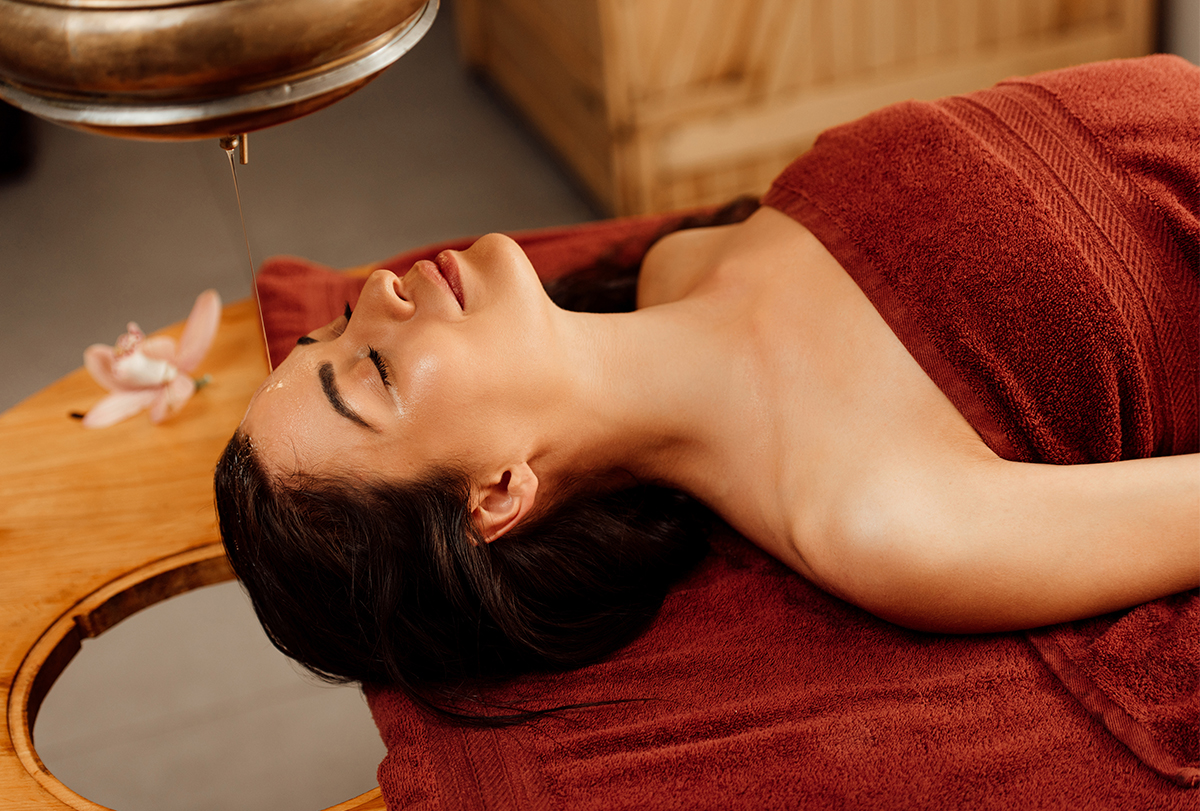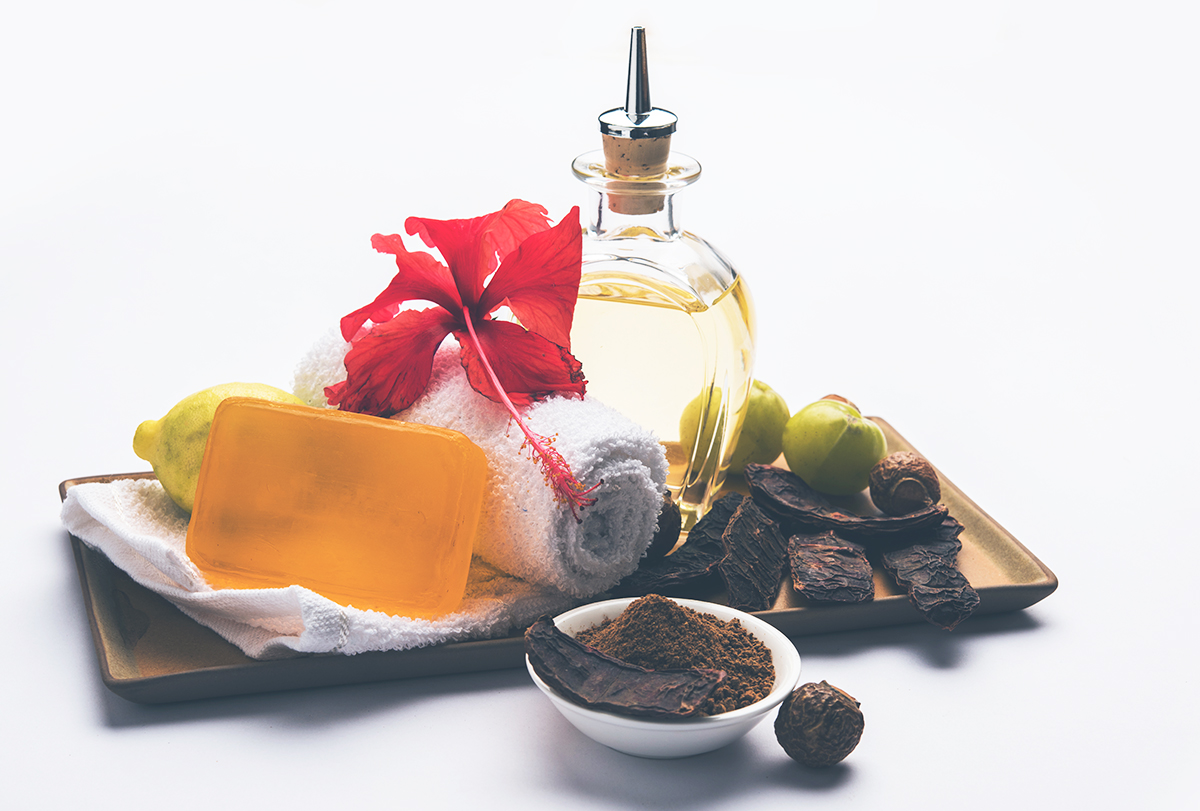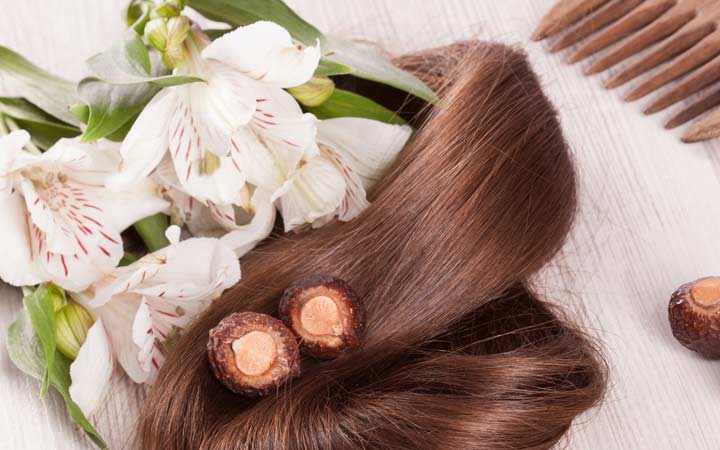By Akanksha Shah Sanghvi, MD, Clinical Dermatology
January 29, 2021 - Updated on April 12, 2021
Ayurveda is an ancient school of medicine that originated in the Indian subcontinent. Although classified as a pseudoscience, it has earned a reputation for being a holistic form of healing that uses natural ingredients and yogic techniques to correct imbalances within the body.
Ayurvedic philosophy dictates that the human body has three main components: tissue (dhatus), waste products (malas), and biomaterials or life forces (doshas).
The doshas are further divided into three types, namely, vata, pitta, and kapha, and everybody contains all three of them in varying proportions, with one being more dominant than the others.
Each dosha has its own composition, characteristics, and function. The interplay of these energies determines an individual’s anatomy and temperament, (1)(2) but external factors such as the diet, weather, etc., can cause fluctuations.
According to Ayurveda, a perfect equilibrium between all the three doshas is the only way to achieve perfect health. Conversely, an imbalance between the three doshas is considered the root cause of illness.
Interestingly, the doshas also have a bearing on hair type and hair health. This article discusses simple Ayurvedic measures to fix your doshas in order to achieve long, strong, and healthy hair.
Different Hair Types According to Ayurveda
Everyone is born with their own specific mix of life energies or doshas, which may fluctuate from time to time.
But an individual’s basic nature and physical constitution (prakriti) depend on the most overpowering energies running through them. The same rule applies to hair type, leading to the following classification:
1. Vata hair type
If your prakriti is controlled by a strong vata dosha, you will have a vata hair type, which is usually thin, straight, and coarse. This hair type tends to grow rapidly and absorbs and retains a lot of moisture.
Fluctuations in the vata dosha can make your hair frizzy, dry, and prone to hair fall and split ends.
2. Pitta hair type
If your prakriti is dominated by pitta dosha, you will have a pitta hair type, characterized by medium thickness, soft texture, deep color, slight curls, and high-protein content.
When your pitta dosha goes out of balance, the problems of premature graying, bacterial buildup inside the hair follicles, scalp inflammation or redness, and hair loss become increasingly common.
3. Kapha hair type
If your prakriti is dominated by kapha dosha, you will have a kapha hair type, which is thick, voluminous, shiny, and curly.
Imbalance in the kapha dosha is associated with sebum overproduction, which invites the growth of dandruff-causing fungus. In such a case, your greasy scalp develops a lot of flaking and itching.
This hair type is prone to other scalp infections as well, such as seborrheic dermatitis.
Guidelines for Your Ayurvedic Hair Care Regimen
Keep the following principles in mind while planning your Ayurvedic hair care regimen:
1. Choose the right hair products
Hair products often come packed with artificial fragrances, foaming agents, and other chemicals that may provide some instant benefits, but these may damage your hair structure or prakriti in the long run.
Even the hair oils, serums, shampoos, and conditioners sold under the banner of hair repair may carry these harmful agents. So, you must always go through the ingredient list before making a purchase.
The main chemicals to avoid are parabens, sulfates, formaldehyde, formalin, and alcohol. These chemicals not only disrupt your normal scalp pH but also remove the natural oil from your hair and scalp, rendering your hair increasingly dry and frizzy.
Such chemicals can even increase your cancer risk.
Now that you know what to avoid, here’s what you should look for in your hair products. Ayurveda practitioners have found the following herbs as particularly good for hair maintenance and repair: (3)
- Indian ginseng (ashwagandha) (4)
- Licorice (5)
- Aloe vera
- Asparagus
- Black sesame
- Allium cepa
- Cedar
- Hibiscus (6)
- Indian gooseberry (7)
- Neem
- Rosary pea (gunja)
- Grape seed extract
- Camphor
- Fenugreek
- False daisy (bhringraj)
- Valerian root
- Soapnut (reetha)
- Soap pod (shikakai)
- Triphala (8)
- Indian pennywort (brahmi)
- Holy basil (tulsi)











